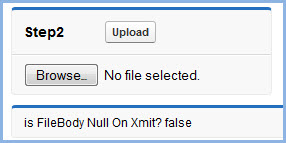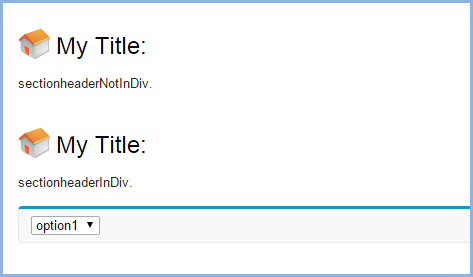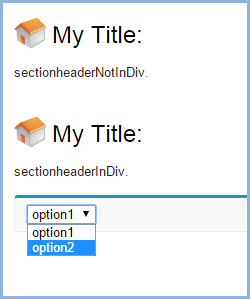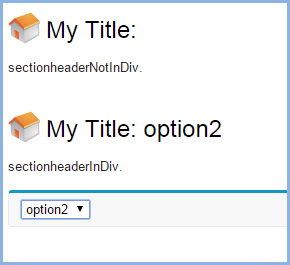Sounds simple. You have a Visualforce (VF) page with apex:detail and a custom component. You want to rerender the custom component after the inlineEdit Save command completes. The VF markup is trivial:
<apex:page standardController="Account">
<apex:form >
<c:MyComponent id="theComponent" someArg="false"/>
<apex:detail inlineEdit="true" subject="{!Account}" rerender="theComponent"/>
</apex:form>
</apex:page>
So, this works great except …. if someArg is used to conditionally render a table row or column. Such as in this example:
<apex:component >
<apex:attribute name="someArg" type="Boolean" required="false" default="false" description="TRUE if component not part of export"/>
<table>
<thead>
<apex:outputPanel rendered="{!NOT(someArg)}">
<tr id="headerRow">
<th><apex:outputText value="Column 1 Now: {!NOW()}"/></th>
<th><apex:outputText value="Column 2 NotSomeArg"/></th>
</tr>
</apex:outputPanel>
<apex:outputPanel rendered="{!someArg}">
<tr>
<th><apex:outputText value="Column 1 Now: {!NOW()}"/></th>
<th><apex:outputText value="Column 2 someArg"/></th>
</tr>
</apex:outputPanel>
</thead>
</table>
</apex:component>
The problem
I had a pretty sophisticated component that sometimes rendered 9 columns and sometimes 11 columns in an HTML table, depending on the value of someArg. This works well on initial page load. When the business requirements changed and I needed to rerender the component after inlineEdit save, the rerender action failed. In fact failed hard – leaving blank spaces in the table header and no table rows.
After spending way too much time thinking it was something about inlineEdit and components, other arguments not being passed, or something in the component’s controller, I stumbled upon this sentence in the documentation (something I knew about already but because the component was so sophisticated and was a component, I didn’t think applied).
You cannot use the reRender attribute to update content in a table.
The solution?
No good answers here.
- You have to refactor your component so that you either have two components, one for x columns and one for y columns, sharing subcomponents to avoid duplication or …
- rethink your design or …
- after inlineEdit completes, reload the entire page.
oncomplete="location.replace();". I tried this but the user experience was poor, as first inline edit does its Ajax refresh and all looks fine, and then the page reloads. Since this is contrary to the way other pages in Salesforce refresh after inlineEdit Save, I eschewed this option.
Side Note
Here’s a tip when you’re stuck with a complex piece of code that no longer is working for some inexplicable reason: Rebuild the code from its most elementary pieces in your Dev Edition so you have a working version, then add in the suspect bits one at a time until it fails. Try and avoid your custom objects an customizations, reproduce using the OOB Account object or the like. A side benefit if you do this is that if you’re really stuck, you’ll have a short, self-contained, compilable example (SSCCE) – suitable for publishing on a forum for community assistance.









